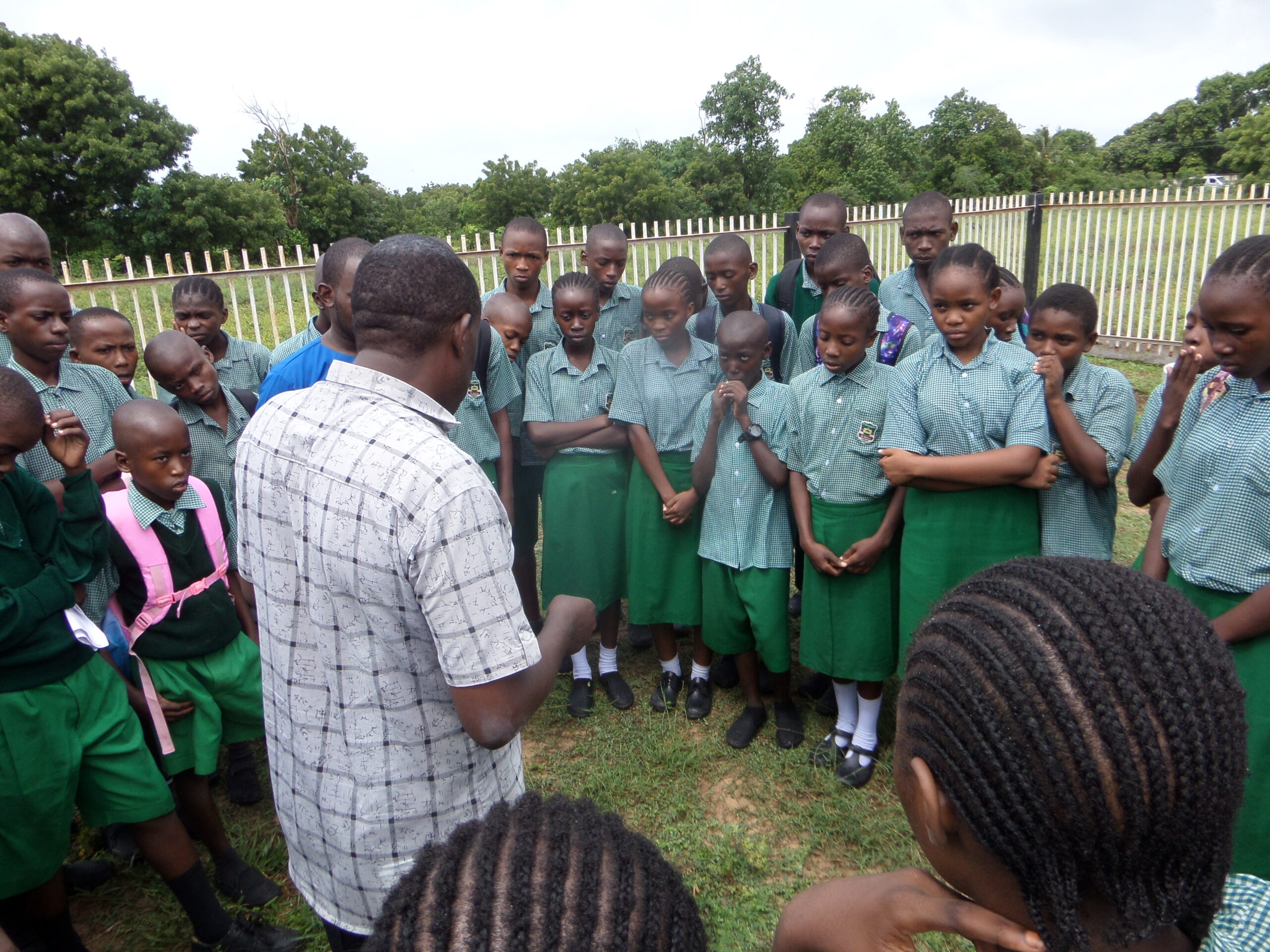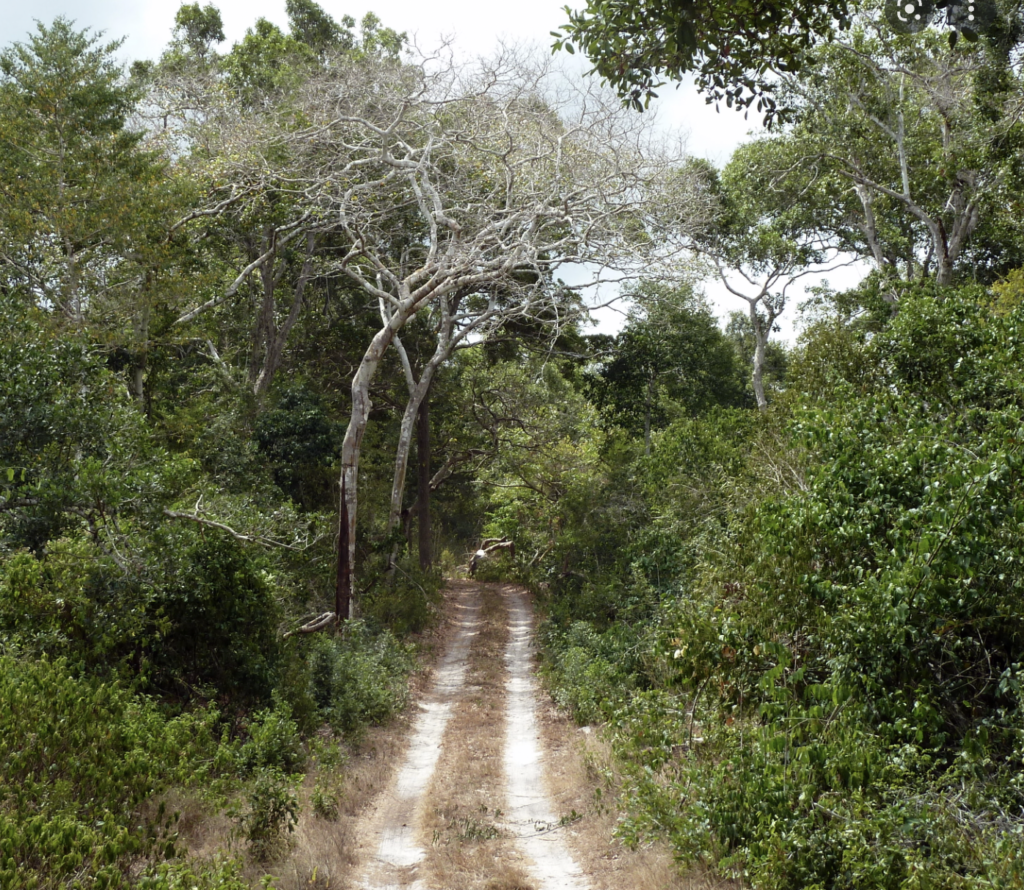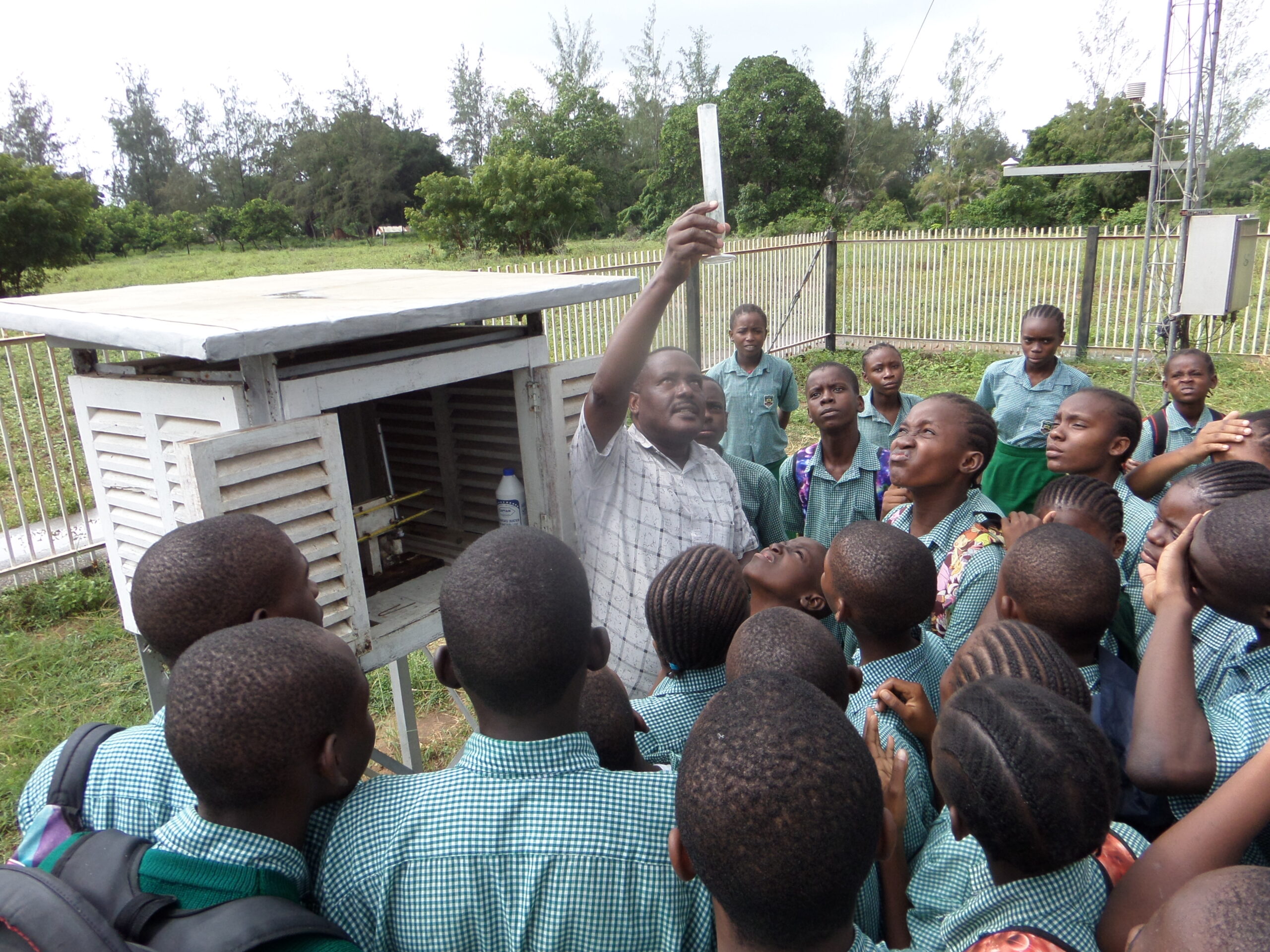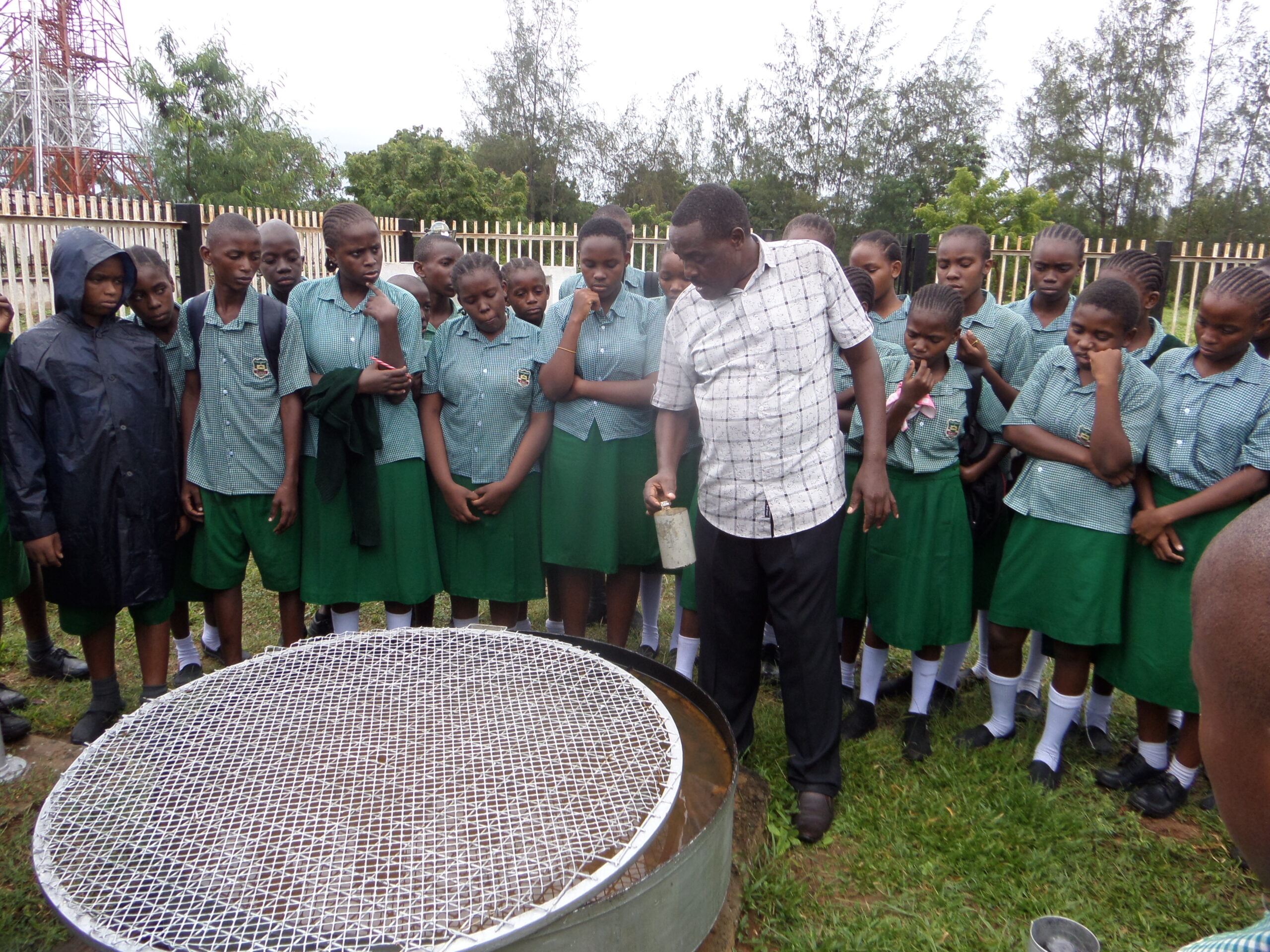The trip to Malindi was one of the best I have had in school as it taught me a lot of history. At the beginning of the term, our teachers gave classes 7 & 8 an opportunity to choose our most preferred sites. We chose Malindi after we read in Social Studies about historic built environments such as Fort Jesus in Mombasa, which served as a base for the Portuguese, Gede ruins- remains of an old Swahili town and early visitors to Eastern African such as Vasco Da Gama, Henry Morton Stanley, John Speke, Richard Burton amongst others.

We had a talk with our teachers a day before discussing about the places to visit starting with Msabaha Meteorological station, the Falconry of Kenya and the Vasco Da Gama Pillar, all in Malindi. None of us had been to Malindi before in our entire lives and by the look of things, the atmosphere around the students right from school promised to be the best day away from school. I remember by 7am we were ready to get moving after eating breakfast. Usually, all students attending school trips are treated with good breakfast, packed snacks and drinks at school. Along the way, it was a road trip to behold. We got a chance to see Arabuko Sokoke forest which is the largest tropical forest in East Africa. Here in this dense forest was a 13th century Swahili town called Gede which was hidden and protected from the Portuguese as they occupied parts of the African Coast. The remains of the deserted town are still there.

A few kilometres forward was the Malindi/ Msabaha meteorological station.We saw and learnt how the instruments that measure aspects of weather like rainfall, air pressure, temperature, sunshine, humidity and wind function. The most advanced one was a computer based device that measures almost all atmospheric elements. Our guide Joseph, told us that the Msabaha weather station is the second largest in the Country. He then led us to another complex equipment, a weather surveillance radar/Doppler which apart from supporting weather warnings and forecasts also serves the Military especially the Navy,Airforce and the Coast Guard.

It provides ground and air surveillance thus protecting the Kenyan Coast from sea pirates and unauthorised foreign ships. Joseph said that the weather surveillance radar/Doppler is the only one in the country. The last interesting one was the Greenwich Meridian clock which gives standard time common to every place in the word. We learnt through him how the weatherman provides weather forecasts for the public and for special categories of people like farmers, sailors and pilots. We also learnt that there are several ways to become a meteorologist. Some people get a university degree in Atmospheric Science,Meteorology while others in Mathematics or Physics. The weather presenters you see on TV aren’t always meteorologists. This left us surprised.

After a very informative visit we then headed onto our next stop, The Falconry of Kenya – TBC ………

What a wonderful writer indeed Grace Lulu, maybe a future author or journalist – the world is her oyster xx
Well done Grace Lulu – a very interesting read and seems like you all had an interesting and inspiring day. I’m looking forward to reading about the rest of your trip!